
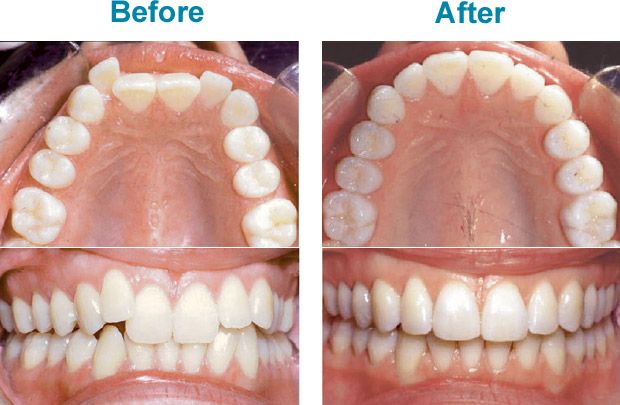
Orthodontic treatment involves moving the teeth with braces in order to make them straight and to correct the bite. Dr Sudhakar has done his masters in orthodontics and has all the expertise and equipment to make sure that your teeth are perfectly positioned.
There are removable, fixed or functional braces. The amount of tooth movement that can be achieved with removable braces is limited, but they are often used in addition to fixed braces. Fixed braces allow greater control of tooth movement and can be placed on the outside or inside (tongue side) of the teeth.
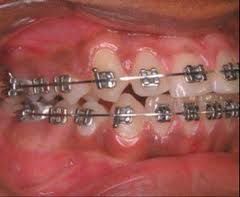
Silver braces are more traditional in appearance but just as precise and efficient at moving teeth as the more stylish types of tooth-coloured brace. You can just keep them looking like plain silver, or patients can customise their silver braces with coloured elastic wire clips - lots of people think of their brace as mouth jewellery or even as a fashion statement!
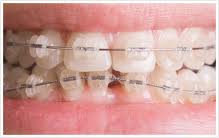
Modern braces are discreet, comfortable and hardly show at all. More and more adults are choosing to wear this kind of brace with confidence. The appliance has the technology to give maximum control of tooth movement. This high quality treatment creates a fantastic end result.

Tongue side braces are truly invisible - nothing shows at all. They are basically braces stuck to the tongue side of the teeth instead of the lip side.
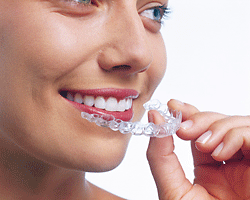
Invisible braces are the latest advance in orthodontic technology, and are becoming more and more popular as they overcome many of the barriers which usually put people off wearing braces. They are made of thin clear plastic which fits over teeth like a glove. Invisible braces work best for mild - moderately crooked teeth. They take about 6 months to 1 year to work depending on how crooked the teeth are.
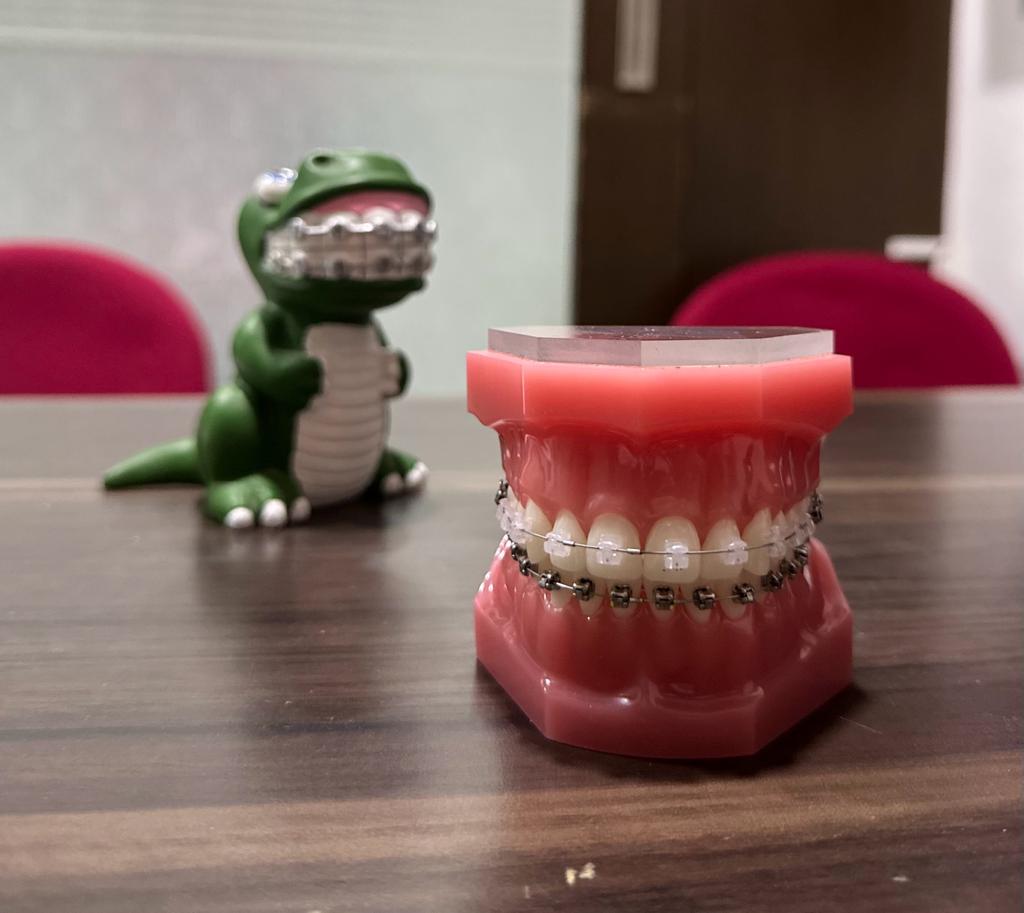
Self-ligating braces straighten teeth using brackets and an archwire, without the use of colored rubber bands. Instead of using the rubber bands to connect the brackets to the archwire, self-ligating braces use a specialized bracket that clips directly to the wire.
This creates a more streamlined, discreet braces treatment that doesn’t draw as much attention to the orthodontic appliance. Self-ligating brackets come in clear and metal, although the wire is usually metal-colored.
The installation and treatment process is the same as traditional metal braces: your orthodontist affixes brackets directly onto your teeth, then bends the archwire across them, securing it at either end in specialized metal bands that go around your molars. Instead of connecting the archwire to the brackets with colored rubber bands, however, the self-ligating brackets are designed to hold the wire in place in a specialized slot where the wire slips through.
This treatment has become more popular in recent years but has been around for many decades. There are several benefits to self-ligating brackets that make them appealing to patients.